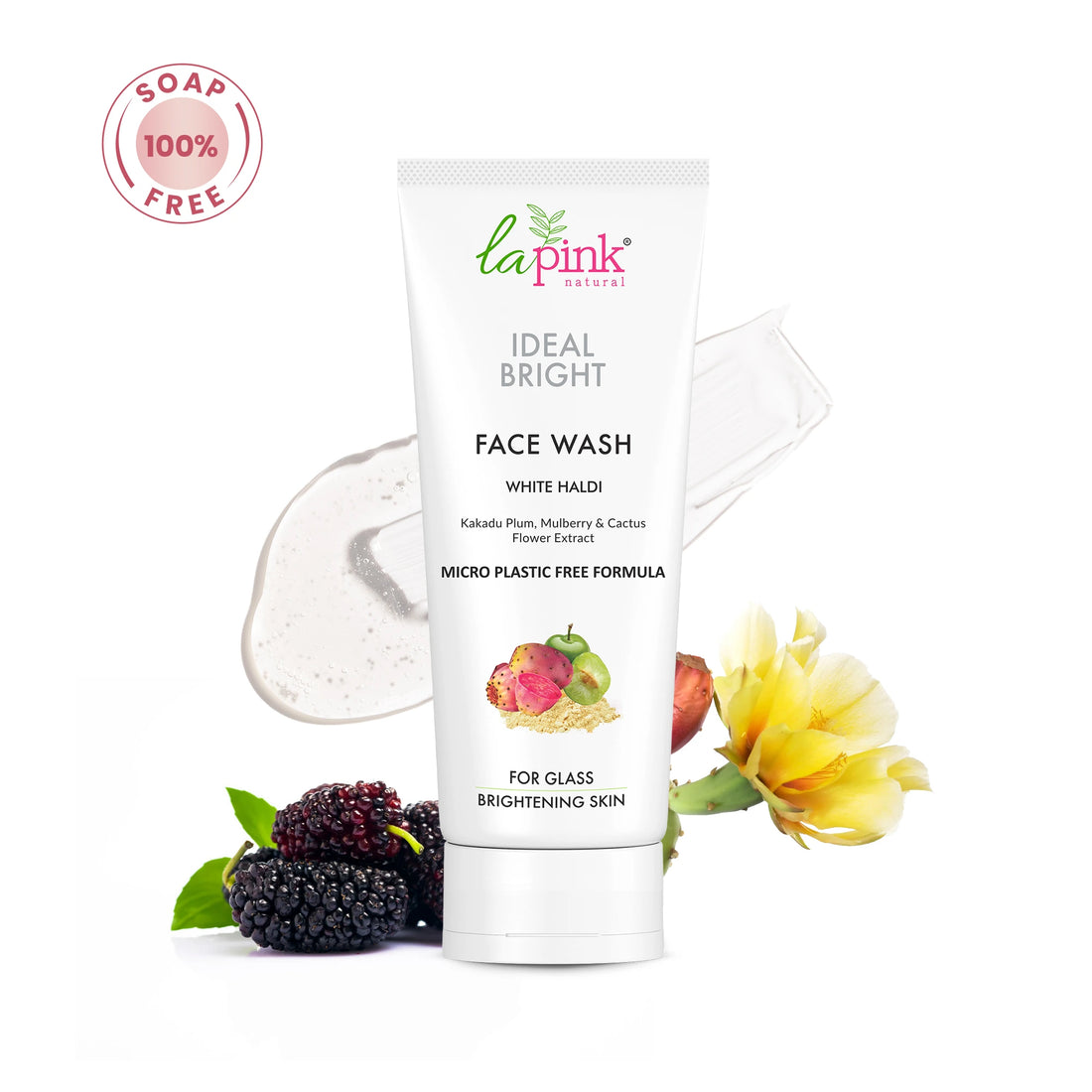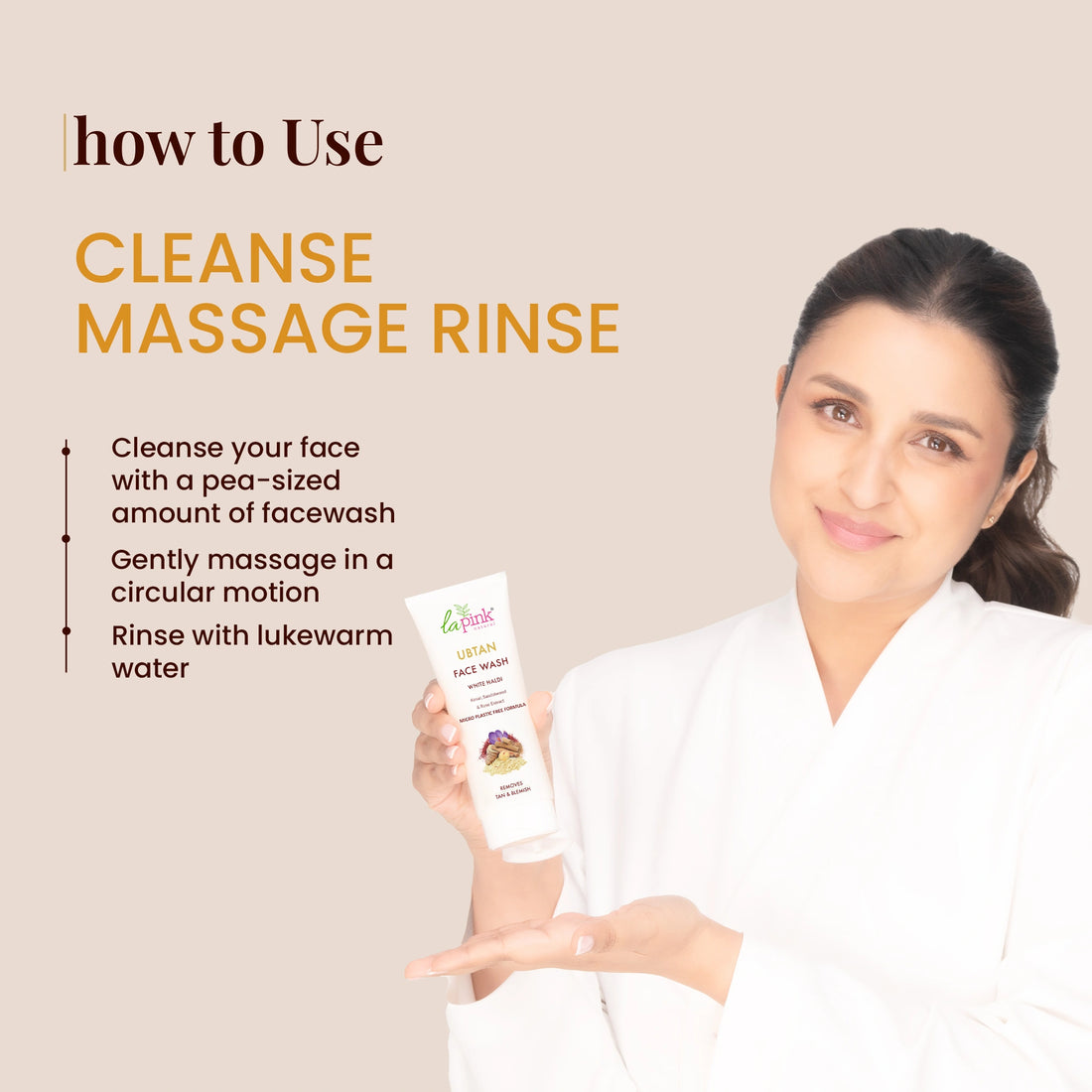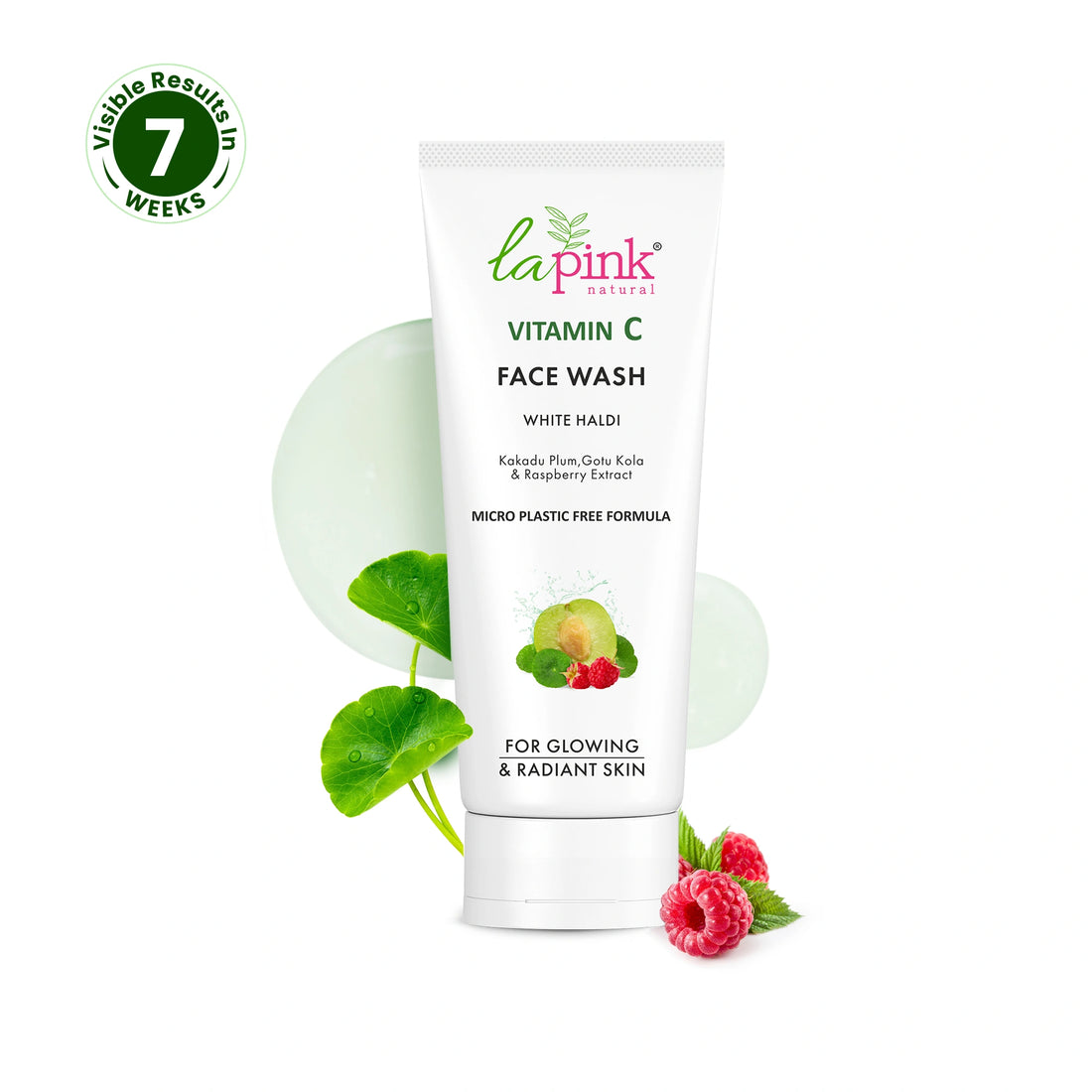Benefits of Lactic Acid for Skin
Lactic acid has been an underdog for a long time in the skincare industry, silently working its magic for the skin. It exfoliates the skin, hydrates it, and strengthens the skin barrier with regular use over time.
Gentle Exfoliation
The first benefit you can derive from Lactic acid-based skincare products is its ability to exfoliate skin gently yet effectively. It breaks the bonds between dead skin cells and sloughs them off the skin naturally. About 5% to 10% lactic acid formulations have proven effective leading to smoother and fresher-looking skin and of course, improved skin texture.
Promotes Natural Hydration
Lactic acid is one of the unique AHAs that doesn't dry out the skin. It helps lock in moisture and retains it. In fact, it helps the skin attract moisture, working its magic as a natural humectant that draws water into the skin. This ultimately helps strengthen the skin’s protective layer and keep it hydrated.
Brightens and Evens Skin Tone
Dermatologists have vouched for Lactic acid-based skincare products to treat dullness, sun spots, and uneven skin tone that come from dead cells piling up on the skin’s surface. Lactic acid-based cleansers and moisturizers gently clear away this layer to bring out brighter and more even-toned skin underneath. It has been proven to be effective against hyperpigmentation and provides clear skin by scientific studies.
Strengthens the Lipid Barrier
With regular use, Lactic acid helps in improving and strengthening the skin barrier or lipid barrier, also known as the first line of defense of the skin against external aggressors. Lactic acid is generally safe for those with sensitive or dry skin types.
Softens the Appearance of Fine Lines
Of course, lactic acid is not primarily as strong as retinol or stronger AHAs, it nonetheless, helps soften the appearance of fine lines over time by promoting healthy skin turnover.
How Microplastics Interfere with Lactic Acid?
The presence of microplastics in skincare products has been studied in the past and this venture continues to be studied. It doesn’t look positive, in fact, microplastics are harmful in many ways. Not only are they abrasive, they also absorb a lot of harmful chemicals. When lactic acid based formulations are mixed with microplastics, they lose their effectiveness and may react negatively as well.
Microplastics have the tendency to block the absorption of active ingredients like lactic acid, trap dead skin and pollutants in the skin, and also disrupt the skin’s pH balance. A study shows that the presence of microplastic can reduce the penetration rate of the ingredients by 30%.
It is important to pick microplastic-free formulations to derive the most out of the goodness of Lactic acid. La Pink’s 100% microplastic-free formulations could be the solution to this problem. Not only will this help you get the best of the benefits, it is also a sustainable option which is also the need of the hour.
How to Use Lactic Acid in Your Skincare Routine?
The best way to introduce any new product or ingredient in your skincare regime is to start slow. Take time to understand how it reacts with your skin and then form a routine. Here are some tips to help you out:
- Begin with 5% formulations if you’re just starting out. Then slowly build up to 10% or as required and recommended by the dermatologist.
- It is best to apply lactic acid-based products in the evening skincare regime and load up on moisturizer afterward.
- If you are a beginner, start with twice or thrice a week and check your skin’s tolerance to it.
- Check what you are pairing lactic acid based products with. Any strong AHAs or BHAs may irritate your skin. But it is well paired with Niacinamide and Hyaluronic acid.
- Lastly, don’t forget to put on sunscreen if following this regime in the morning to protect yourself against sun damage.
Lactic acid is one ingredient that brings goodness to your skin and has the ability to brighten your skin without any fuss. It has the ability to gently exfoliate, hydrate, brighten, and strengthen the protective shield on the skin. It has shifted from being just a ‘nice to have’ product to a ‘must have’ in your skincare routine.



































































